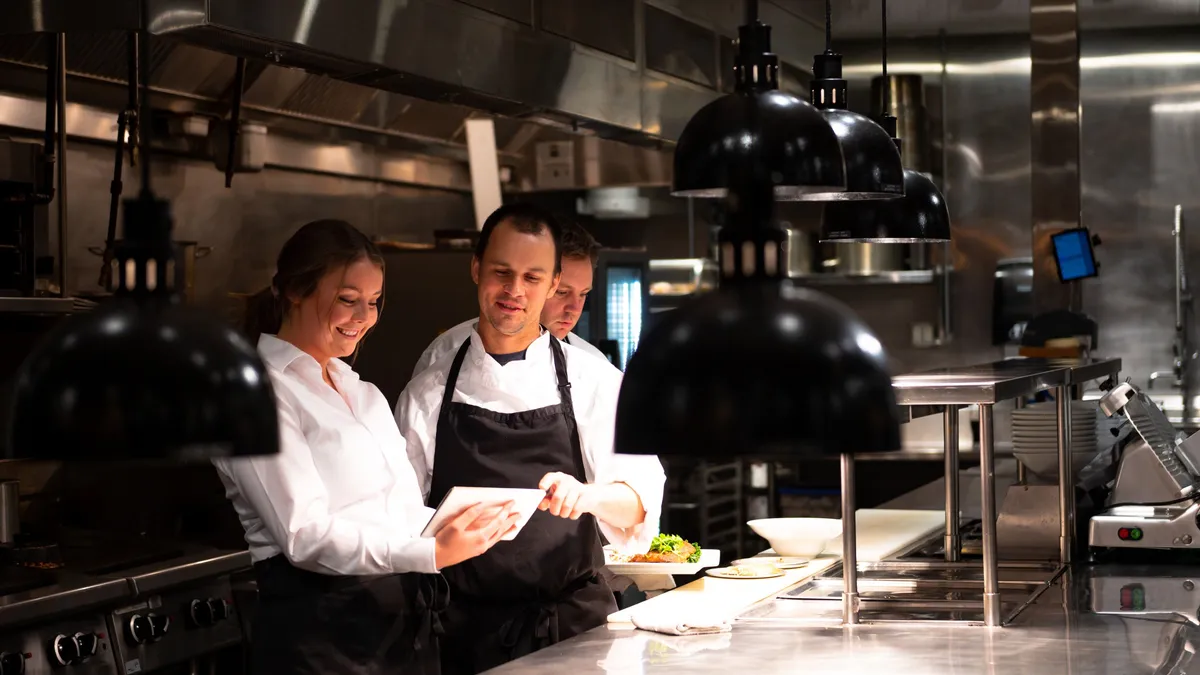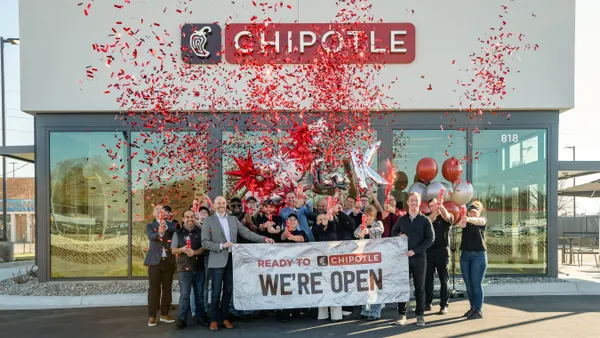As the restaurant industry battles back from the impacts of the COVID-19 pandemic, data and technology will pave the pathway to its future.
Plug-and-play applications that can be easily integrated with modern POS systems are making it easier than ever for restaurants to add functionality that enhances the customer experience, supports operational efficiencies and helps operators achieve their goals around sustainability, food safety and other critical areas.
"I think everybody is just looking for that latest edge," said Paige Lion, Industry Segment Advisor for hospitality, sports and entertainment at T-Mobile. "How can they engage their guests and employees? Both of those segments are extremely important, and a lot of it is going to be done through technology."
From IoT solutions that monitor food temperatures to the marketing potential of virtual reality and the growing expectations around omnichannel ordering and fulfillment, foodservice operators are exploring new technologies that will drive their businesses forward, and data networks will form the backbone of these innovations.
According to the National Restaurant Association's Restaurant Industry 2030 report, restaurants will need to embrace the potential that data analytics holds for the industry.
"For a long time now, restaurants have known that they need to get more innovative — and fast," the report concluded. "Technology and data allow for quicker consumer response, and restaurants will need to be nimble. Restaurants will need to embrace new ways of using data and information to keep up — or get left behind."
"Data-driven decisions will expand beyond sales and staffing applications to guest services, supply-chain logistics and menu development, allowing restaurants to adapt what to sell in real-time as demand dictates."
By 2030, technology that allows restaurants to accept mobile payments and handheld terminals for payment at the table will be commonplace, the report said. Limited-service restaurants will make widespread use of digital kiosks and video menu boards, and operators will easily turn POS data into actionable knowledge.
High Expectations for Omnichannel
In the meantime, meeting consumer expectations for a frictionless omnichannel experience has quickly evolved to become a top priority for restaurant operators. While many restaurants had been expanding their takeout and delivery operations before the pandemic, restrictions on indoor dining in 2020 forced them to accelerate and expand these efforts.
Recent data from The NPD Group shows that consumers have continued to shun dine-in visits in favor of off-premises consumption. In August, on-premises dining visits were down 34 percent compared with August 2019, before the pandemic began, while delivery was up 128 percent compared with August 2019. In all, off-premises orders accounted for 73 percent of restaurant visits during August.
These trends reflect significant demand for technology that smooths the customer journey, whether orders are placed online, through a mobile app or in a drive-thru. Location-based functionality such as geofencing will also become increasingly important to operators amid rising consumer expectations around these modes of fulfillment.
For many operators, the growth of their omnichannel capabilities has dovetailed with the expansion of their loyalty programs.
Learning to recognize individual customers is one of the most important activities that any company can do, said Lion, who previously had been a chief information officer at casino operator Affinity Gaming. Once customers have opted in for rewards programs, it opens up a plethora of possibilities for communications, much of which can be automated, based on customer order histories and other data, she said.
Data also supports restaurant operators' efforts around sustainability, Lion said, by making information about ingredient sourcing and packaging available to customers, for example. This is especially important to younger consumers and will continue to gain importance in the future.
T-Mobile is supporting restaurant operators' efforts in all these areas with a robust, reliable network that serves both the restaurant operator and its customers.
"T-Mobile has chosen some of the best-of-breed solution partners to actually make it easy and integrate kind of the technologies that we have within that space," said Lion.
With the strength of T-Mobile's 5G network and the ability to leverage edge and cloud-based computing, operators can avoid the bottlenecks they would otherwise encounter by ramping up their technological capabilities, she explained.
At the same time, T-Mobile also has wireline connectivity that provides redundancy to back up wireless applications.
"Your network is going to continue to grow as you add more of these components, which have become necessary," said Lion. "It used to be, 'Oh, it would be nice to have that,' but now, given what people's expectations are, and the 'wow factor' that you have to deliver, you have got to have a strong, robust network."










